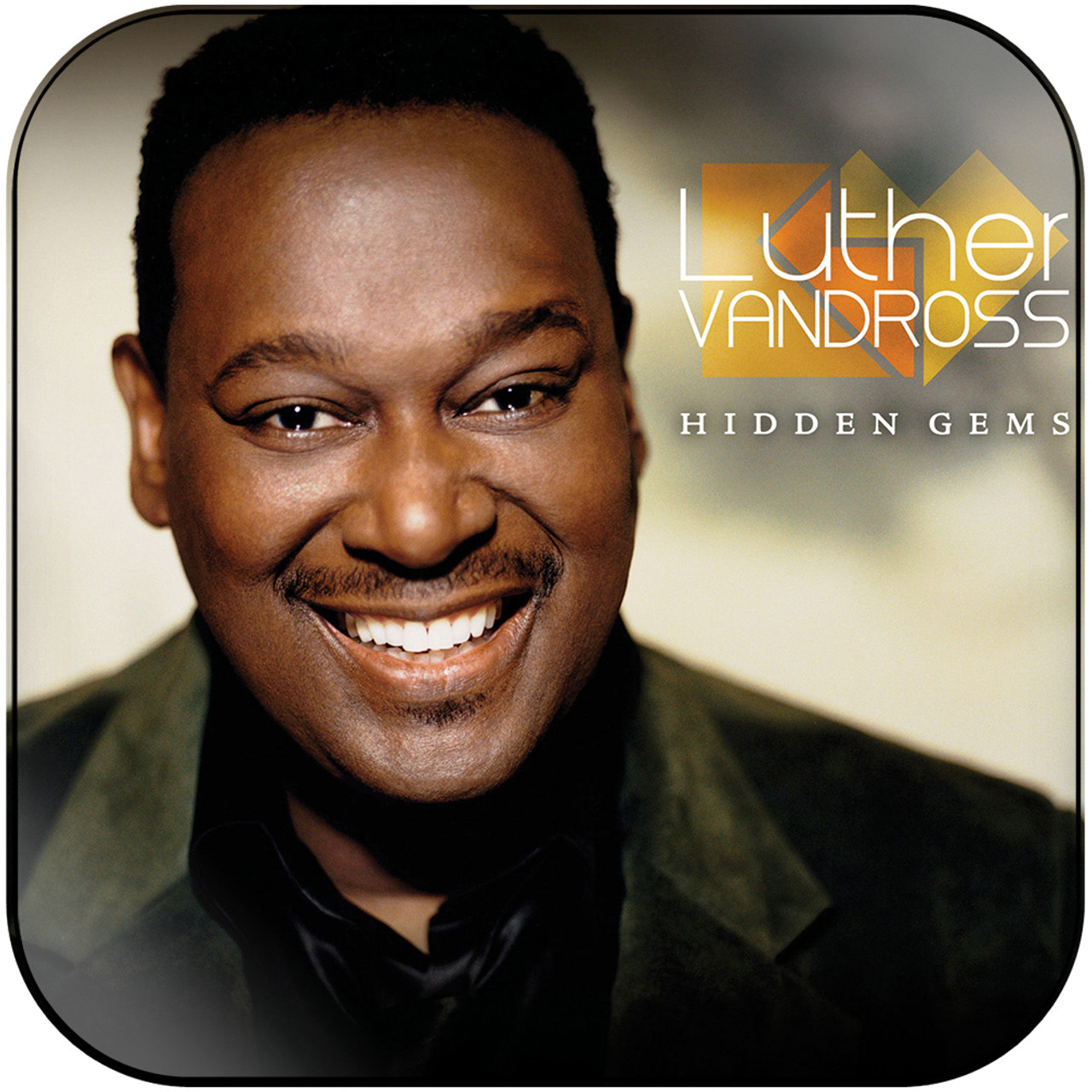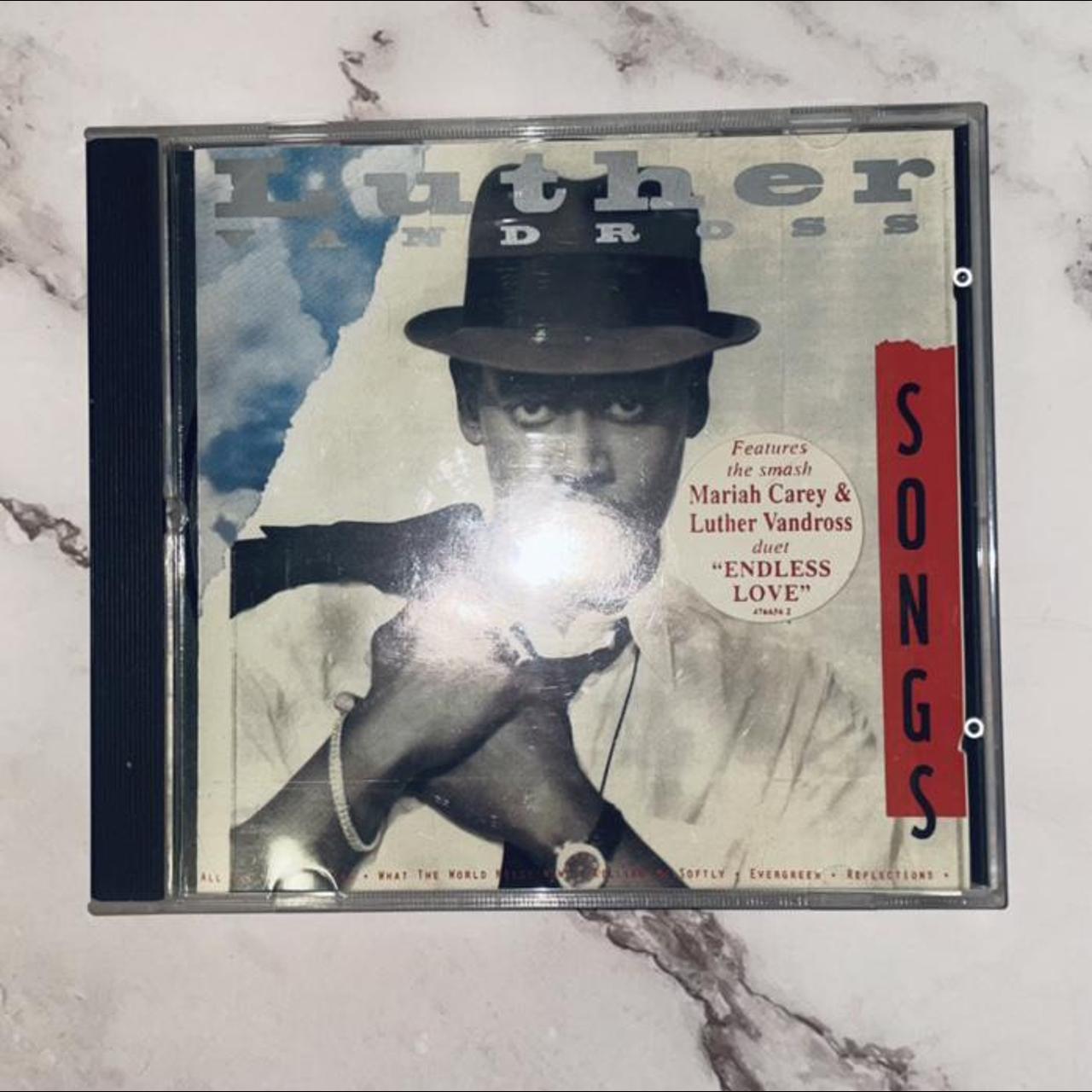

The song even featured The Shirelles, but Vandross slowed the arrangement right down compared to the original, just as he had done with his version of ‘A House Is Not A Home’. Warwick even found room for a cover of The Shirelles’s hit ‘ Will You Still Love Me Tomorrow‘. Michael McDonald contributed one song, the emotional and sparsely arranged ‘ I Can Let Go Now‘, and Warwick even wrote one song, ‘ Two Ships Passing Through The Night‘. But for much of the album Vandross returned Warwick to her roots, featuring some excellent ballads and orchestral arrangements.

Vandross kept the groove going on ‘ I Do It Cause I Like It‘, another catchy eighties groove that somehow went unnoticed. It was a bouncy, dance-able track that featured a simple but catchy lyric, not dissimilar to her hits written by Bacharach and David. The song was written by Vandross and bassist Marcus Miller, and you can hear Miller’s tasty bass chops run throughout the song. The album opened with the fabulous “Got A Date”, a song produced in the same mould as Vandross’s break-out hit ‘ Never Too Much‘. The album was entitled How Many Times Can We Say Goodbye, and was a mixture of Vandross’s eighties grooves and Warwick’s timeless elegance.

And it’s probably safe to assume that Vandross was excited with the prospect. Given Vandross’s rising fame and reputation as a producer and songwriter, he would craft hits for Aretha Franklin and Cheryl Lynn, as well as himself in the same period, pairing him up with Dionne Warwick seemed logical. As a matter of fact, I would sometimes tell people myself that we were related, which pleased him very much” Warwick wrote that “ e laughed about this and became great friends. Trying to impress a friend at university, Vandross made up the lie that he was related to Warwick, only for the friend to ask Vandross later on whether he was going to see his cousin perform when she was in the area. She showed me there were standards.” Warwick tells a story in her autobiography about when Vandross once pretended that she was in fact his cousin. He was quoted as saying that: “ hen I saw Dionne Warwick at the Brooklyn Fox my life changed. Vandross’s love affair with Dionne Warwick had begun years earlier. Vandross would famous go on to sing the song at the 1986 NAACP Image Awards directly at Warwick, delivering perhaps his best ever live performance, and making Warwick cry in the process. In her autobiography Warwick said that his version of ‘A House Is Not A Home’ was “so beautifully done, I was at a loss for words”. Unlike Warwick’s version, it featured a stripped back, much slowed down arrangement that allowed Luther to lengthen the song to 7 minutes, creating in the process arguably the best version of the Bacharach-David classic ever recorded (sorry Dionne).īut even Warwick agreed. He went solo in 1980 releasing his epic debut album Never Too Much. The album featured a cover of a Dionne Warwick classic, ‘ A House Is Not A Home‘. He became a sought after backing vocalist and vocal arranger, working with Chic, Bette Midler, Roberta Flack and even David Bowie on Young Americans. Vandross had begun his career singing on Sesame Street as well as recording jingles for radio adverts. To follow-up the success of Heartbreaker Warwick was paired with a new, up-coming singer-songwriter-producer by the name of Luther Vandross. Then, nearly 3 years later she scored a huge hit with the Heartbreakeralbum, produced by the Bee Gees, who gave Warwick a mega-hit with the album’s title track. She released a couple more albums, including an excellent live album – but they didn’t match the success of her first Arista hit. Then in 1979 she signed with Clive Davis on his Arista Records label, and had a ‘comeback’ with the million-seller ‘ I’ll Never Love This Way Again‘. She would launch a concert tour with Isaac Hayes, which yielded the excellent live album A Man and A Woman, featuring the superb mixing of ‘ By The Time I Get To Phoenix’ and ‘I Say A Little Prayer’ into one song. Warwick did score a hit with ‘ Then Came You‘, a fabulous single that featured The Spinners. However, by the time the seventies rolled around Warwick’s output was beginning to dip, no thanks to the creative split between Bacharach and David. During the sixties she became a household name through her collaborations with the mighty duo of Burt Bacharach and Hal David, and the pair would craft some of Warwick’s biggest hits, including, but not limited to, ‘ Promises, Promises‘, ‘ Walk On By‘, ‘ Do You Know The Way to San Jose?‘, and the original version of ‘ Alfie‘. She’s one of the most gifted singers ever to record, and one of the best selling artists of all time. How Many Times Can We Say Goodbye album cover.


 0 kommentar(er)
0 kommentar(er)
